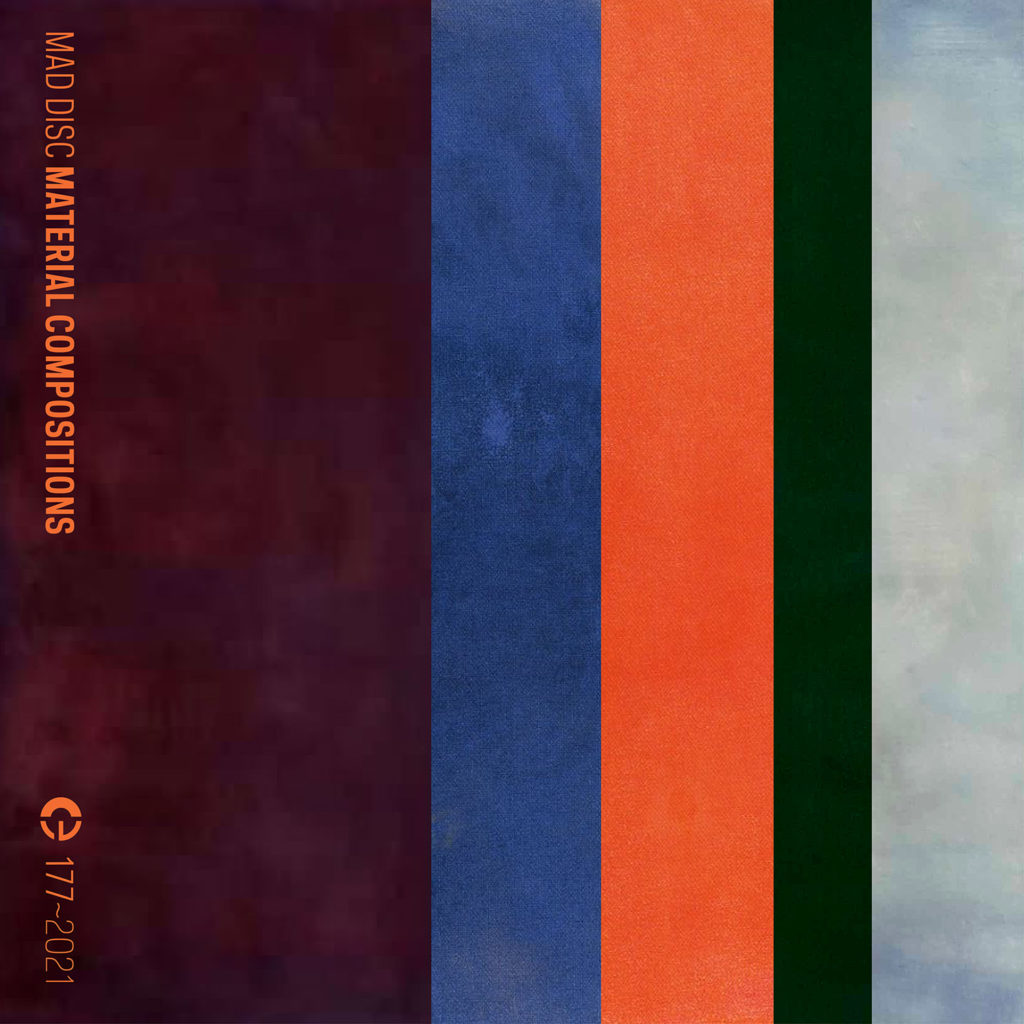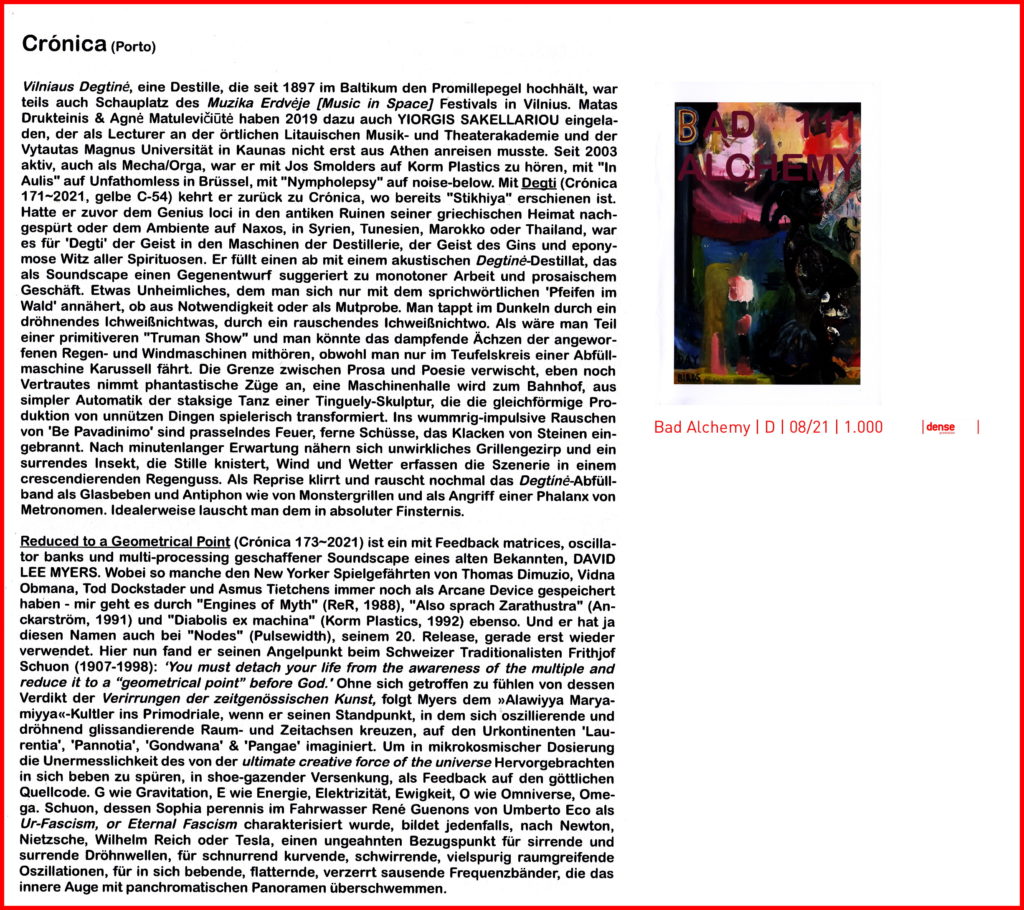
“Is it possible to choose between the terror of silence or the terror of noise? Is emptiness more intoxicating? Does presence welcome us into its bosom, or does it expel us, usurping our place? The boundaries, if there are any, are blurred and, like false doubles, interchangeable. Sound and silence are conjoined twins. Those same noises with which Miguel A. García has been working compulsively are shadows of absences, and the silences are emergency exit doors to who knows where.
His music is an attempt at discourse, intuited in murmurs, that wants to be silenced. It is a rope barely tied somewhere, although it is inevitable that it is already loose and falling. But it maintains its tension; it even vibrates, although perhaps they are parables of recollection. The problem lies in detecting the end, distinguishing beginning and ending, knowing whether one wants to begin or to end, going somewhere, or staying still.
Miguel A. García builds sound sequences like a hermetic architect, an orate trapped in his decomposed cosmos that, like an abysmal worm, seeks to catch its tail to devour itself and disappear. Restlessness and restlessness. His order is his logic. And it is in this unravelling or its impossibility that lies the enjoyment, in a flow that may seem fortuitous, but that is inescapable.
Miguel A. García has been working with electronic music for more than two decades: from the most abrasive dynamics of power electronics and the noise music of his beginnings as Xedh, through free improvisation in multiple collaborations with a large number of artists (Seijiro Murayama, Sebastian Branche, Jean-Luc Guionnet…) to focus in recent years on electroacoustic composition, generally accompanied by acoustic instrumentation in ensembles of variable formation. A path of purification of his own language, a stubborn work on the same waste materials that have become his lexicon, an absolutely non-transferable voice.” (text by Fernando Ulzión)
This piece was originally commissioned for the exhibition Audiosfera. Experimentación sonora 1980-2020, curated by Francisco Lopez for the Reina Sofia museum in Spain.
“Evhiblig” is now available for stream and download.









